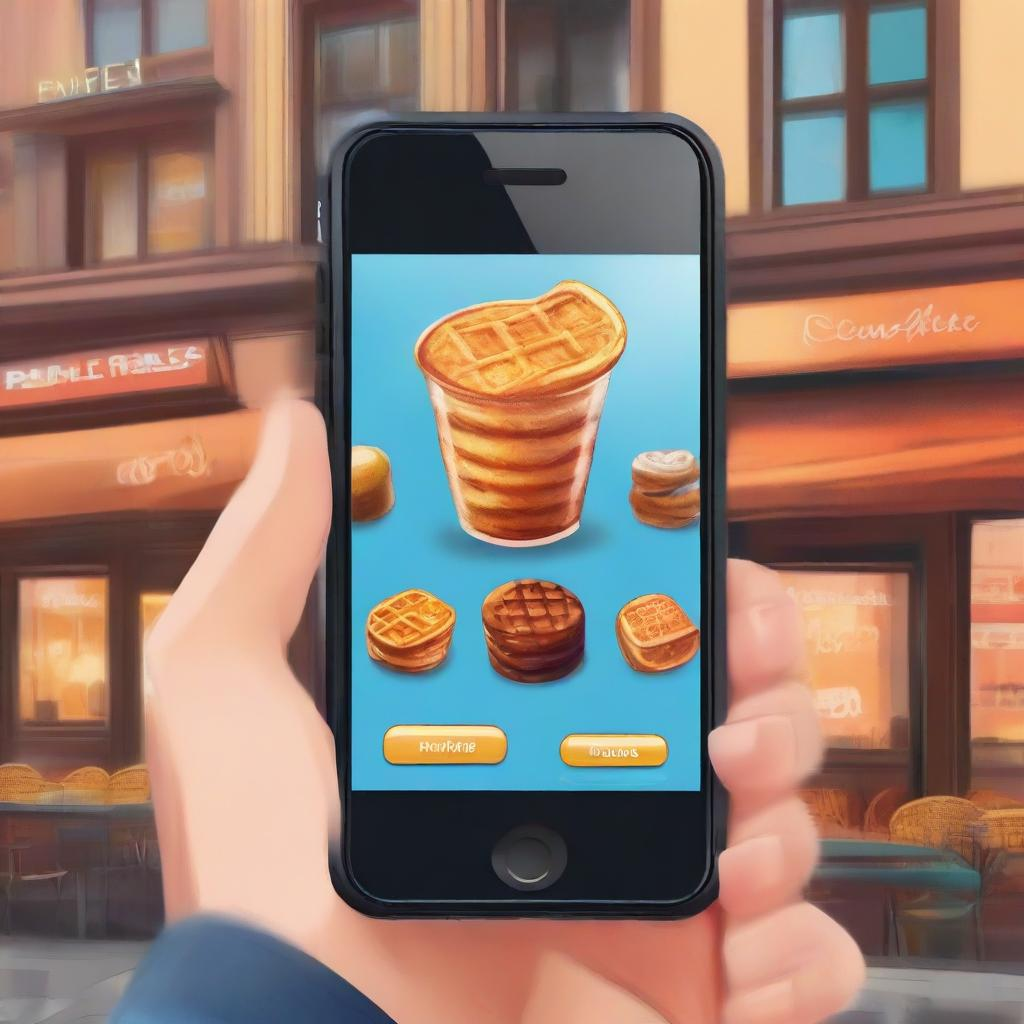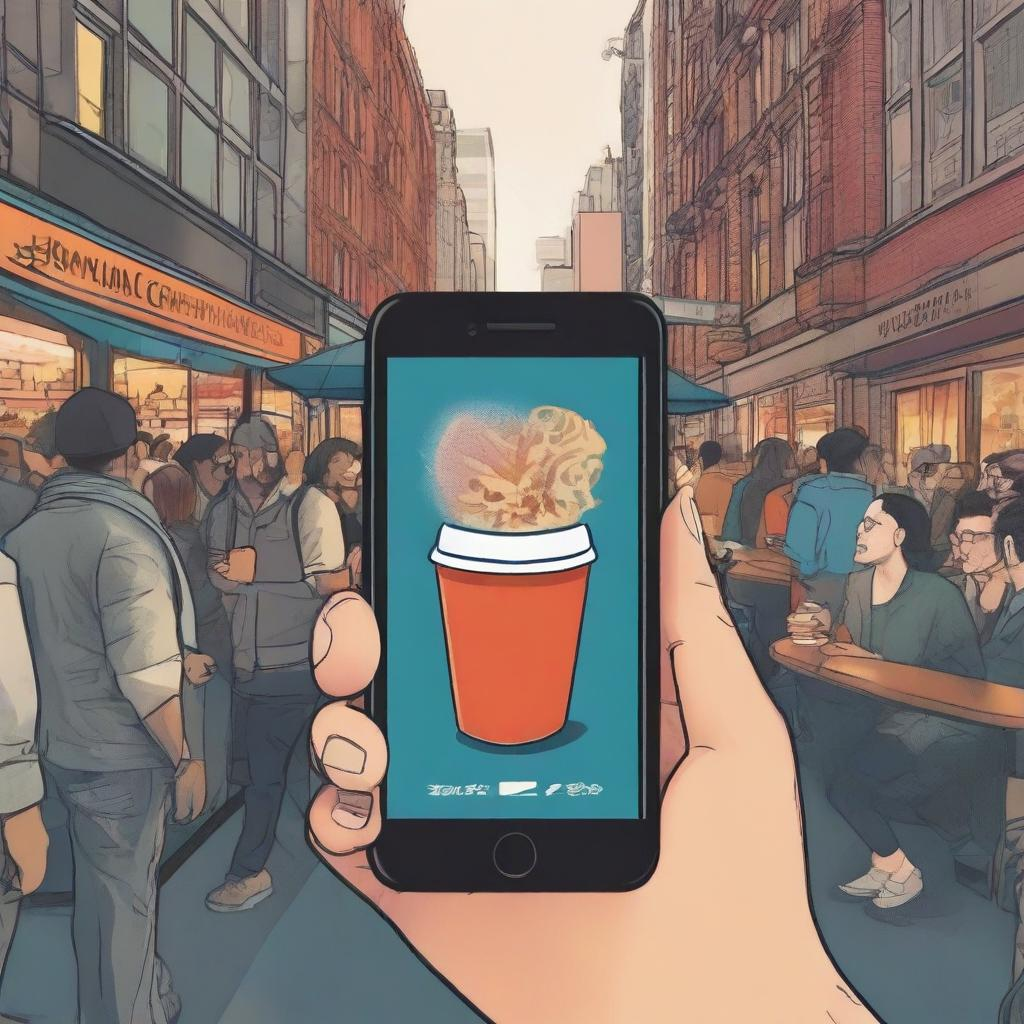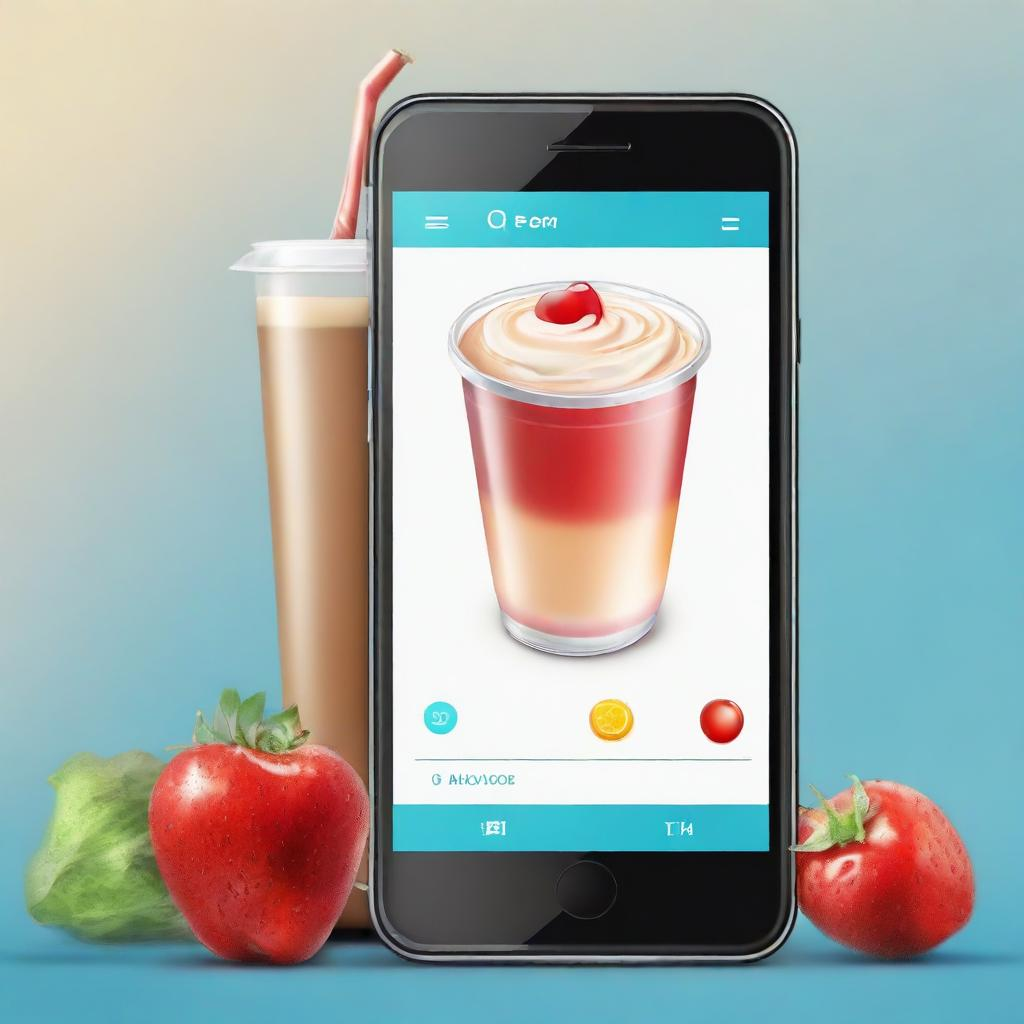TLDR
You know what’s really hard as a business owner? Staying focused. When you start getting successful, new opportunities pop up left and right. Exciting new products and partnerships and acquisitions that seem like they’ll boost your bottom line. Before you know it, you’ve stretched yourself in 10 different directions and your core business starts suffering. Just ask Coca-Cola. Back in the ‘80s, Coke went on a buying spree, acquiring all kinds of unrelated businesses like shrimp farms, wineries, and even a movie studio. For a while, it seemed brilliant. But soon, Coke realized these shiny new toys were distracting them from their real moneymaker: selling delicious, refreshing sodas.
Less Is More: The Benefits of a Focused Menu
A smaller, focused menu has significant benefits for restaurants and cafes.
Less waste and higher quality
With fewer options to prepare, kitchen staff can focus on consistency and quality. They waste less time switching between recipes and have fewer leftovers at the end of service. The result is higher quality food and a better overall dining experience for customers.
Improved efficiency
A streamlined menu requires less staff to fulfill orders quickly and accurately. Fewer choices mean a simpler ordering and preparation process. The kitchen can operate smoothly even during busy periods. With lower labor costs, revenue is freed up to invest in higher quality ingredients.
Reduced expenses
A tighter menu helps combat rising food costs. Restaurants only need to stock ingredients for the items on their menu, so waste is minimized. And with a simplified cooking process, energy usage declines. These savings can then be passed onto customers through affordable prices.
Staying true to your brand
Limiting options allows you to focus on what you do best and are known for. Trying to be all things to all people often results in mediocrity. Select a cuisine or style of food that matches your skills and passions, and do that one thing extremely well. Loyal customers will appreciate your dedication to quality and expertise.
The benefits of a focused, well-executed menu are clear. By narrowing choices, streamlining operations and concentrating on your strengths, restaurants and cafes can significantly boost quality, efficiency, and profitability. Sometimes, less really is more.
How Coca-Cola Learned to Ditch Non-Core Businesses Like Columbia Pictures
When Coca-Cola decided to ditch non-core businesses like Columbia Pictures, they learned an important lesson: focus on what you do best. For cafes and restaurants, this means sticking to your strengths and not getting distracted by new menu items that don’t align with your brand or expertise.
Stay True to Your Identity
Coca-Cola realized they were a beverage company, not an entertainment conglomerate. If you're known for artisanal coffee and pastries, don’t start selling hamburgers and hot dogs. Your regulars come to you for a certain experience, so make sure any additions enhance that experience rather than dilute it.
Don't Spread Yourself Too Thin
Taking on too many new menu items strains your resources and reduces quality. Coca-Cola found their bottling operations and movie studio were distractions that didn’t contribute to their primary business. For cafes, doing a few things exceptionally well is better than doing many things mediocrely. Focus on high-quality ingredients and execution rather than an excessive variety of choices.
Divest When Needed
If part of your business is underperforming or doesn’t align with your brand, consider selling it off. Coca-Cola made a $2 billion profit divesting Columbia Pictures. While this is an extreme example, removing menu items that aren’t profitable or cohesive allows you to devote more attention to your strengths.
The lessons from Coca-Cola's evolution show that staying focused on your core competencies and true to your identity is key. Apply this to your cafe or restaurant by optimizing your menu, focusing on quality over quantity, and divesting parts of your business that don't contribute to your success. Keep things simple and do what you do best. Your customers and bottom line will thank you.
Calculating Your Most Profitable Menu Items À La Roberto C. Goizueta
Roberto C. Goizueta knew that focus was the key to Coca-Cola’s success. As CEO, he engineered the company to concentrate on what it did best—producing and marketing beverages. Under his leadership, Coca-Cola shed unrelated businesses and assets that distracted from this core mission.
Selling Columbia Pictures
In 1982, Goizueta made the bold move to sell Columbia Pictures. Coca-Cola had acquired the film studio just a few years earlier, but Goizueta realized movies were not part of Coca-Cola’s expertise or brand. Offloading Columbia Pictures for $2 billion allowed Coca-Cola to redirect its resources into expanding its beverage lines and gaining more market share.
Exiting the Wine and Seafood Businesses
Coca-Cola also abandoned its investments in the wine and seafood industries, which had little synergy with soft drinks and juices. These ventures were costly distractions that yielded little benefit. By focusing only on nonalcoholic drinks, Coca-Cola was able to dominate that market.
Lessons for Restaurants
Like Coca-Cola, restaurants need to identify their most profitable and brand-aligned menu items. Offerings that are expensive, time-consuming, or unrelated to a restaurant’s culinary strengths should be eliminated. Keeping menus tight and focused boosts quality and productivity in the kitchen while enhancing the overall customer experience.
Study your sales and costs to determine which menu items contribute the most to your bottom line. Talk to your customers and staff to find out what they value most about your restaurant’s food and brand. Then build a focused menu around those core strengths, just like Goizueta engineered Coca-Cola to focus on beverages. Trim away nonessential menu items so you can dedicate your efforts to what really matters: delighting your guests with your signature dishes.
Focus may not always be easy, but it pays off. Follow Goizueta’s lead— identify what you do best, drop everything else, and pour your heart into it. Your guests and profits will thank you.
Menu Engineering 101: Highlighting Your Core Offerings
As a restaurant or cafe owner, one of the best ways to boost your bottom line is through menu engineering. This means strategically featuring or promoting high-margin menu items to increase profit per guest.
Categorize Your Menu
Group your menu into categories like “stars”, “puzzles”, “plowhorses”, and “dogs”. Stars are your most profitable items. Puzzles are niche items that attract certain customers. Plowhorses are reliable, steady sellers. Dogs are low-margin items you’re better off ditching. Focus on promoting your stars and puzzles.
Spotlight Your Core Offerings
Play up your key products and services. Things like:
- Housemade desserts
- Signature cocktails
- Gourmet coffee and tea
- Artisanal starters and small plates
Suggestively sell these to increase check averages. You can do this through:
- Photos of mouthwatering items on menus and displays
- Tasting samples
- Combos or pairings of different items
- Upselling at the point of sale (“Would you like to add a dessert or after-dinner drink?”)
Find the Right Balance
You don’t want a menu that’s too large (which can overwhelm guests and increase food waste) or too small (which may seem limited). Aim for 10 to 15 entrées, 3 to 5 appetizers, 2 to 3 soups or salads, and a handful of desserts. Focus on high-quality, made-in-house items using fresh, local ingredients. This balance of selection and quality is key.
Menu engineering helps ensure you’re making the most of your offerings by highlighting star players, upselling when possible, and keeping your menu focused. Learn from companies like Coca-Cola—stick to what you do best and do it better than anyone else. Treat your menu like a finely-tuned machine and you’ll be well on your way to greater success and profitability.
Keeping Your Restaurant Focused: Key Takeaways From Coca-Cola
Coca-Cola’s decision to divest itself of non-core businesses and double down on its key product is a lesson all restaurants should take to heart. By focusing on what you do best, you can thrive.
Streamline the Menu
Like Coca-Cola ditching shrimp and film production, re-examine your menu and trim anything that isn’t related to your core cuisine or brand. If you’re known for artisanal pizza, lose the sandwiches. If you’re a burger joint, drop the salads. Focus on the items that built your reputation. A limited, focused menu will make your operation more efficient and the quality higher.
Master Takeout and Delivery
Coca-Cola is doubling down on takeout and delivery to recover foodservice revenue. You should do the same. According to industry surveys, half of customers will return to takeout within two weeks of reopening. Refine online ordering and pickup procedures. Partner with delivery services. Make takeout packaging part of your brand experience. Takeout and delivery kept many restaurants afloat during closures and will continue to drive sales.
Adapt to New Realities
Coca-Cola is investing heavily in digital technology and automation to adapt to new consumer habits. Restaurants must also adapt. Enhance your online presence and digital ordering capabilities. Consider contactless or mobile payment options. Adjust your space for social distancing. The dining experience may evolve, but people will always want the core product you provide—whether it’s a refreshing Coke or a crave-worthy burger.
The lessons from Coca-Cola are clear: focus on your key product, strengthen takeout and delivery, and adapt to changing times. By following this formula, your restaurant can thrive and build loyalty for the long run. Staying true to your brand and values, while innovating around the edges, is the surest way to success.
Final Thoughts
You've reached the end, but the lessons here should stick with you. As a business owner, it's easy to get distracted by new opportunities and chase shiny objects. But the story of Coca-Cola shows that staying laser-focused on your core business is what really matters. Diversifying may seem exciting, but it often comes at the cost of diluting your strengths and confusing your customers.
So take a page from Coke's playbook. Rededicate yourself to perfecting your flagship offerings. Double down on what your business is really known for. Resist the urge to venture into unrelated territories. It may not be the flashiest strategy, but maintaining a simple, streamlined focus on what you do best is the surest path to success. Stick to the classics, do them extremely well, and your customers will keep coming back for more.

















.svg)





.svg)
.svg)









.png)







.webp)










